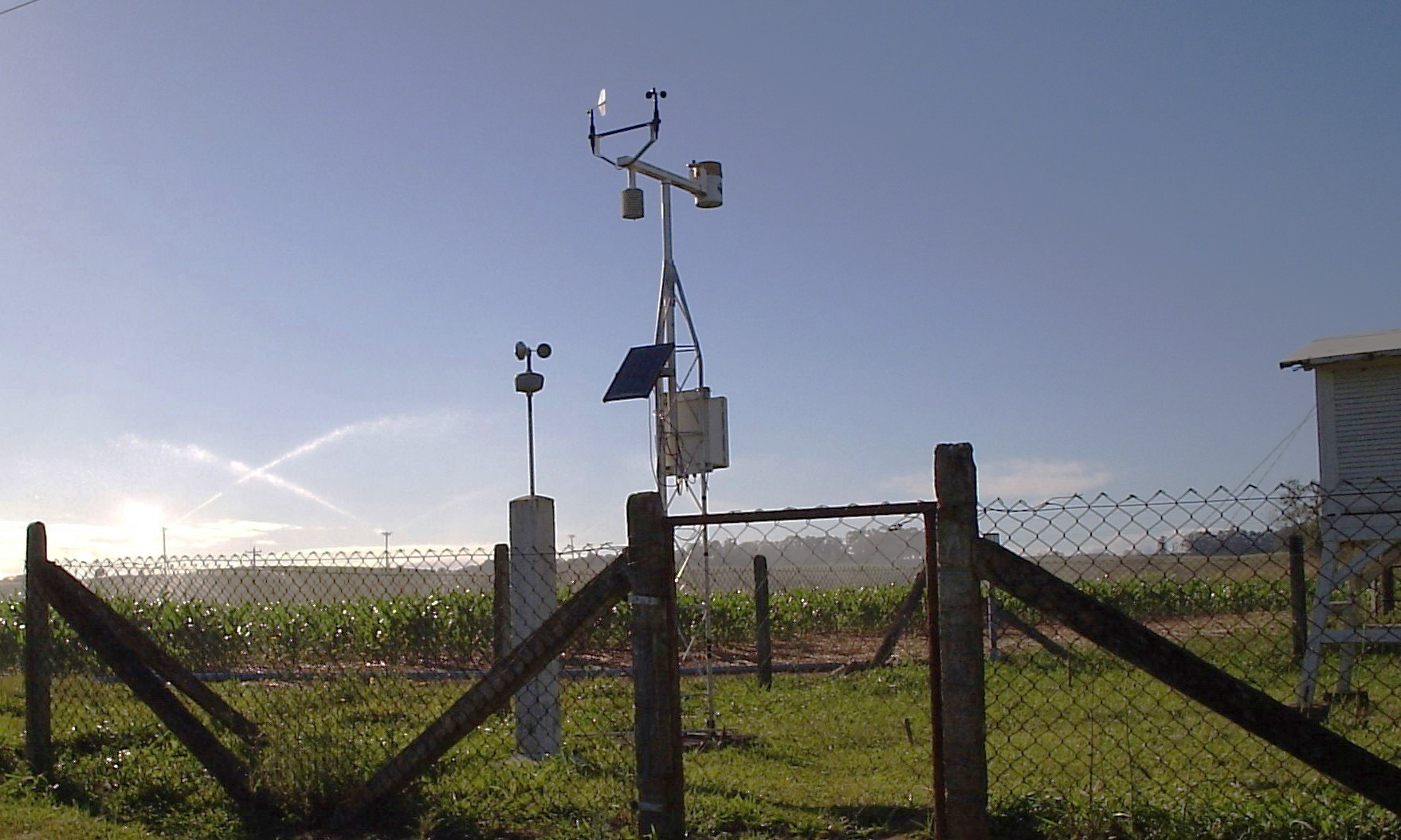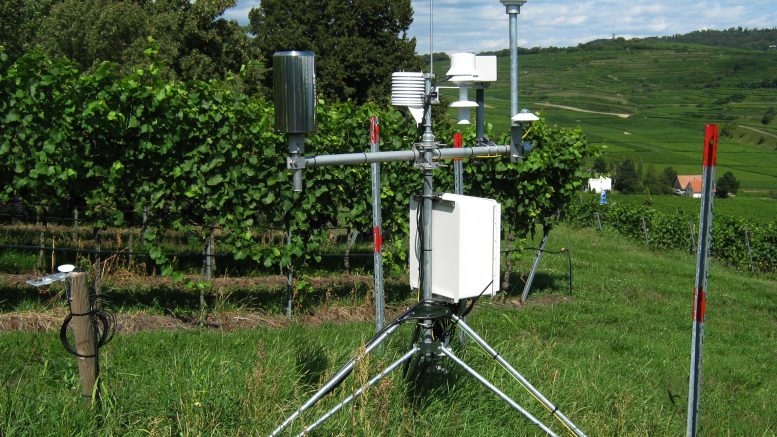“A assertividade dos modelos é atualmente muito boa e permite antecipar a produtividade das lavouras e canaviais com grande antecedência.”

Fábio Marin, presidente da Sociedade Brasileira de Agrometeorologia – SBAGRO
Fábio Marin é professor de agrometeorologia e modelagem agrícola da Escola Superior de Agricultura Luiz de Queiroz e presidente da Sociedade Brasileira de Agrometeorologia – SBAGRO.
Marin atuou como coordenador nacional de zoneamento agrícola de risco climático (ZARC) e coordenador nacional do sistema de previsão de safra de soja, milho e café na Embrapa.
AgriBrasilis – Como é realizado o monitoramento agrometeorológico da cana-de-açúcar?
Fábio Marin – O monitoramento agrometeorológico é realizado através de dados de estações meteorológicas e de satélites, que coletam as informações sobre as variáveis meteorológicas (temperatura, umidade do ar, vento, radiação solar e chuva, principalmente).
A partir da coleta, os dados são processados em modelos de crescimento de plantas, que são programas de computador altamente sofisticados, capazes de prever o desempenho de uma cultura agrícola a partir dos dados meteorológicos, e que permitem aos produtores tomarem decisões antecipadas sobre o que ocorrerá com a produtividade da cultura antes mesmo da colheita, além de ações de manejo como o controle de doenças que são favorecidas pelo clima.
A assertividade dos modelos é atualmente muito boa e permite antecipar a produtividade das lavouras e canaviais com grande antecedência.
AgriBrasilis – Quais os impactos do clima nas últimas safras? O que esperar para a próxima safra?
Fábio Marin – Tivemos duas safras bastante complicadas (2020 e 2021) e uma de recuperação (2022) nas quais as condições climáticas ficaram abaixo da média histórica. Em 2022, contudo, houve recuperação de aproximadamente 7% na produtividade em relação a 2021, ainda que essa não possa ser considerada uma safra com padrão climático totalmente adequado para a cultura da cana.
AgriBrasilis – O que é o sistema TempoCampo? Como é calculado o Coeficiente de Produtividade Climática?
Fábio Marin – O sistema TempoCampo é um projeto de extensão universitária da ESALQ/USP que atende aos produtores de cana, milho e soja de todo o Brasil, explicando de forma detalhada como o clima impacta as culturas e que medidas podem ser tomadas para minimizar as perdas e maximizar os ganhos produtivos.

Estação de monitoramento. Fonte: Sociedade Brasileira de Agrometeorologia
O coeficiente de produtividade climática (CPC) é um indicador numérico que informa sobre a influência do clima na cultura em análise; com ele não dizemos mais que o clima foi bom ou ruim, mas informamos quantos pontos percentuais ganhamos ou perdemos de produtividade. Com o CPC, vem ocorrendo uma revolução na gestão das propriedades agrícolas: o clima não pode mais ser usado como justificativa nos casos de quedas de produtividade e as tecnologias agrícolas utilizadas no campo também precisam se provar eficientes, independente das condições climáticas.
AgriBrasilis – O Brasil não possui estações meteorológicas suficientes para atender a demanda. Quais são as consequências? O que deve ser feito para resolver esse problema?
Fábio Marin – A rede pública de estações é ainda pequena e os produtores tem buscado solucionar essa limitação contratando empresas que oferecem estações de baixo custo para instalar nas propriedades. Isso melhorou muito as condições de monitoramento no Brasil, especialmente na região Centro-Oeste, principal região produtora do Brasil e ainda com uma rede pública de estações bastante acanhada.
LEIA MAIS:

